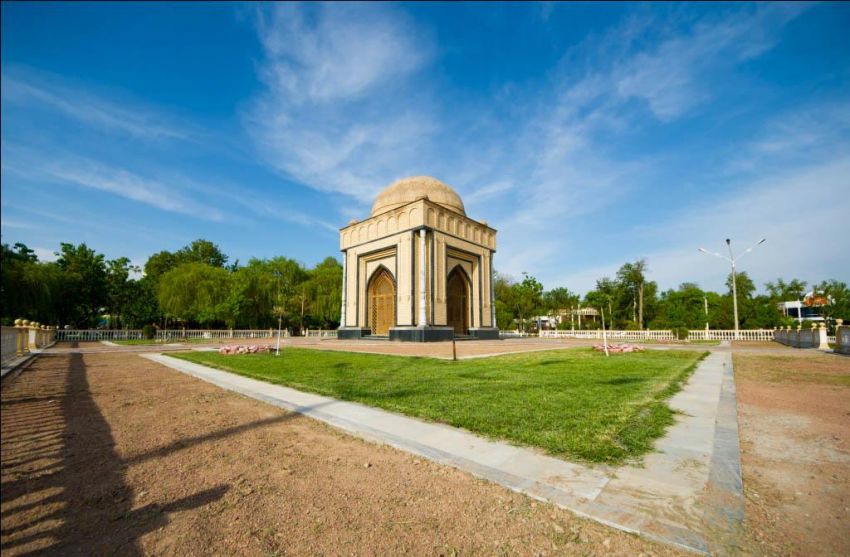The mausoleum of Mavlon-buva
Namangan region has been famous for its rich history and holy springs since ancient times. The beginning of all holy springs is considered to be "Bibi Ona". The archaeological site "Bibionamazor", which dates back to the Late Bronze Age, is located here. The monument is located in the Chust district and covers an area of 4.5 hectares. The holy spring "Bibi Ona-Kainar bulok" is located on the territory of the ancient monument. Numerous finds have been found near the source, confirming the ancient past of the monument.
From a historical point of view, Chust has always attracted the attention of historians and archaeologists. The emergence of the Chust culture dates back to the second millennium BC. Bibionamazor is located on a hill in a flowery valley near the Gavasai River. Since the middle of the 20th century, the area has been explored by archaeologists Vorontsov M.E., Sprishevsky V.I., Zadneprovsky Yu.A. Under the leadership of academician Akhmadali Askarov, more than 500 square meters of the monument have been studied. Research has helped to establish the time of its appearance – the 10th-8th centuries BC. It is believed that ancient agriculture flourished near the spring, and it is for this reason that this area has been considered sacred since ancient times.
The holy spring "Bibi Ona" is the beginning of all the springs of Chust. According to legend, She was a princess to Bibi, and the water itself, named after her, has healing properties. People come to the spring from all over the country to cure eye diseases and even infertility. Villagers say that if you immerse yourself in the water completely, you can get rid of bad thoughts and find peace.
Another shrine of Bibi Naim is located in the Chartak district. There is a pond with crystal clear water, at the bottom of which even grains of sand are visible. A giant palm can be seen in the outline of the reservoir. The reservoir is located at the foot of the tomb of Bibi Naim, She is the mother of the holy Sultan Uwaisa Karani. This historical monument dates back to the 12th-13th centuries. More recently, reconstruction was carried out on the territory of the shrine. The territory was landscaped, and all conditions were created for conducting pilgrimage ceremonies.









